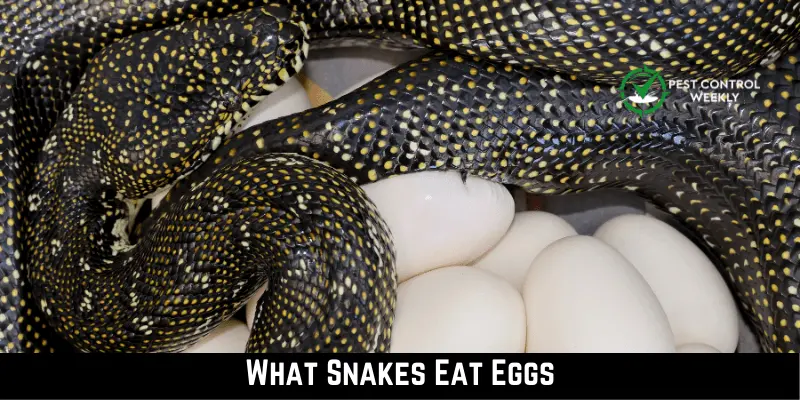Do you ever come across snakes? Do you know about their eating habits? Snakes are deadly animals and can eat anything they have, from eggs to animals. The dietary habits of each species of snake vary. Some snakes consume eggs, while others adhere to animals. So, what snakes eat eggs?
Several snakes eat eggs if they get the opportunity to consume them. Some snakes feed on small eggs, while some snakes eat large eggs. These snakes include; Eastern, Western, Corn, Garter, Pine snakes, etc.
Are you interested in knowing more about egg-eating snakes? If so, read the below information to learn about such snakes.
Facts About Egg-Eating Snakes
Egg-eating snakes belong to the genus Dasypeltis and Elachistodon. The largest genus of egg-eating snakes is Dasypeltis, which has 17 species, as opposed to Elachistodon, which has just one.
Here are some interesting facts about egg-eating snakes:
- Egg-eating snakes can consume eggs three times the size of their heads.
- They have largemouth capacity due to the absence of teeth, which allows them to eat eggs without swallowing.
- The egg-eating snake eliminates any waste while absorbing as many nutrients as possible from the egg.
- Moreover, they can detect whether an egg is ready to eat by using their tongues to smell.
- Egg-eating snakes can climb trees to hunt their prey and eggs.
- Their design and coloration are employed to trick predators.
- Snake juveniles consume the eggs of small bird species.
- They are harmless to humans and produce noise with their scales.
- Female egg-eating snakes are larger than males and can lay up to thirty eggs.
- Lastly, they dislike being pulled up or bothered.
How Many Species of Snakes Eat Eggs?
There are large numbers of snakes that eat eggs, but below are the most common ones.
East African Snakes
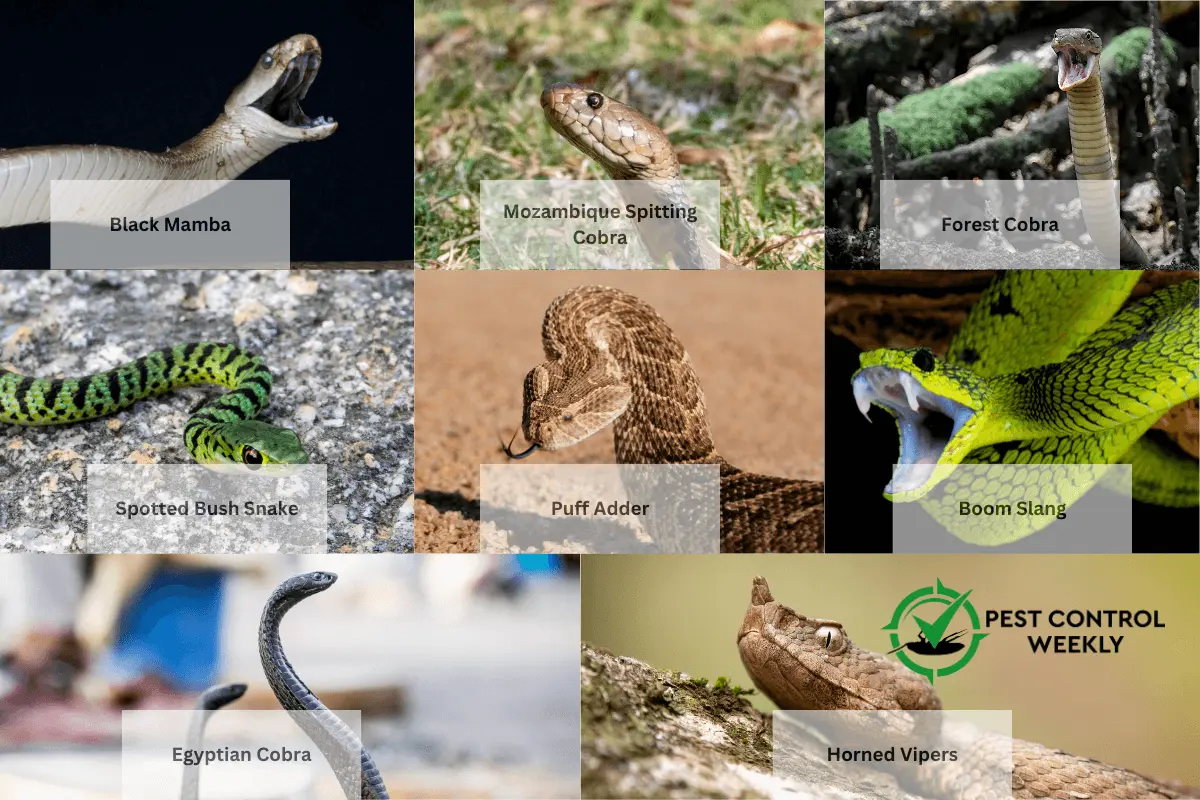
They are also known as Eastern forest snakes and are found in South Africa, Kenya, and Zambia. Females grow to a length of 76 cm, while males only reach a height of 60 cm. Moreover, they commonly eat birds’ eggs that are three times larger the size than their heads.
Additionally, the East green mamba is one of the most highly poisonous snakes in East Africa. It is a sizeable snake with a medium-to-long, narrow tail and a slightly flattened, slender body. Birds, eggs, bats, and rodents, including mice, rats, and gerbils, are among its target items. Aside from there, here are the most common snakes that live in East Africa:
| Species | Details |
|---|---|
| Black Mamba | It is one of the most dangerous and venomous snakes in East Africa. |
| Mozambique Spitting Cobra | It is also a poisonous snake found in tropical and subtropical Africa |
| Forest Cobra | These are native snakes of Africa. |
| Spotted Bush Snake | It is a non-venomous snake present in suburban areas of Africa. |
| Puff Adder | It is a highly toxic snake and causes deaths in East Africa. |
| Boom Slang | It is a large and non-poisonous snake that lives in trees in East Africa. |
| Egyptian Cobra | It is the most giant and most native cobra in Africa. |
| Horned Vipers | This snake is also venomous and present in deserts |
Central African Snakes
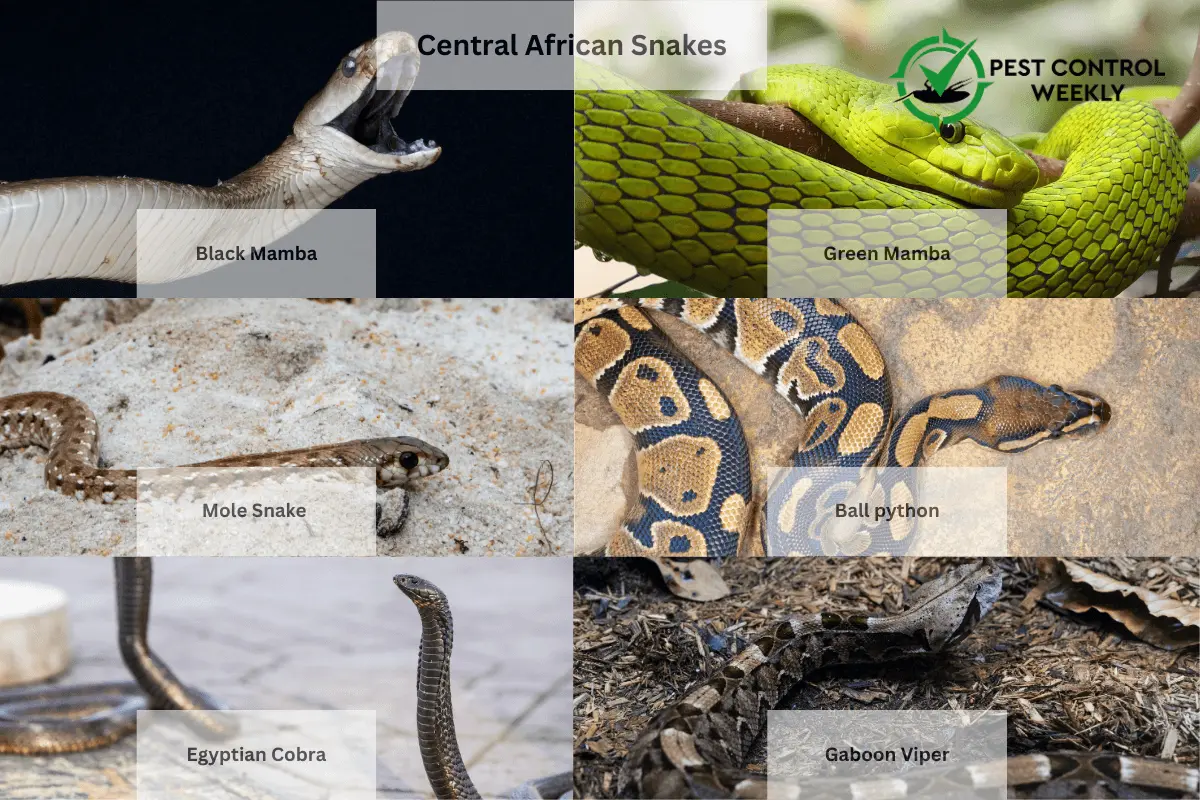
They are also known as Western forest snakes and are present in Western and Central Africa. These snakes live in lowland forests and commonly eat bird’s eggs. They are nocturnal and used to attack their prey at night. Moreover, these snakes consume freshly laid eggs and can’t feed an egg containing an embryo.
Moreover, these snakes may eat whole eggs since they have lost their teeth. Once inside the neck, the egg is crushed by bony protrusions. The snake eats the contents of the shell and then vomits up.
Some of the common Central African snakes:
- Eastern Green Mamba, Black Mamba, and Western Green mamba are venomous snakes that reside in Central Africa.
- The Mole snake is native to central Africa.
- Ball pythons are a species of python native to West and Central Africa.
- Cape, Forest, and Egyptian Cobra are highly dangerous and poisonous snakes in Central Africa.
- Gaboon Viper: It belongs to vipers and is found in rainforests of Central Africa.
Western Rat Snakes
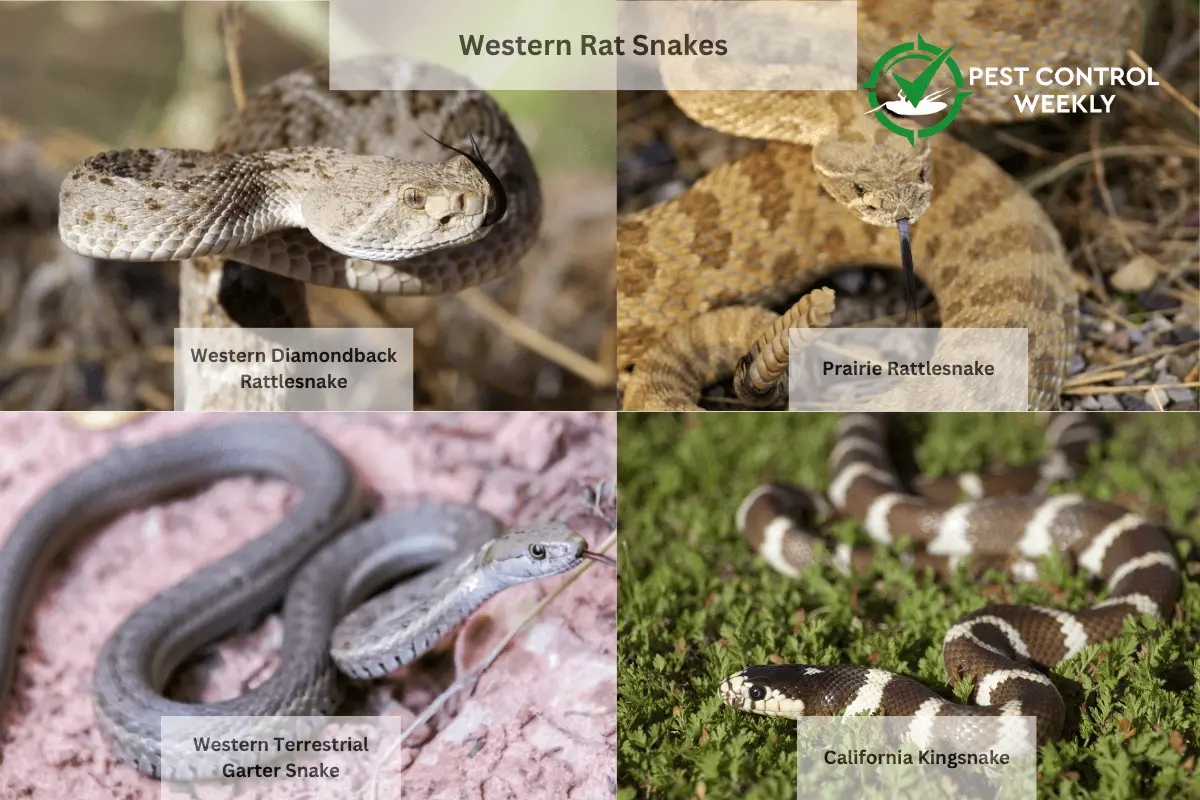
These snakes are also called black snakes and are common in North Africa. They are proficient climbers and spend most of their time on trees. They favor densely forested places and are renowned for their outstanding climbing skills, particularly the capacity to scale the trunk of large, older trees.
Western rat snakes frequently eat rats and mice but can consume small vertebrates, including rabbits and squirrels. Furthermore, they crush their prey until the animal collapses from heart failure. Although these snakes are good predators, they become the prey of other snakes when they are not fully grown. Below are some common western rat snakes:
| Species | Details |
|---|---|
| Western Diamondback Rattlesnake | This snake belongs to the Viper family and is found in the Southwestern United States. |
| Prairie Rattlesnake | These venomous rattlesnakes are members of the Viper family and native to Western America. |
| Western Terrestrial Garter Snake | As the name indicates, this garter snake belongs to Western America. |
| California Kingsnake | This non-venomous snake commonly exists in Western and North America. |
Corn Snake
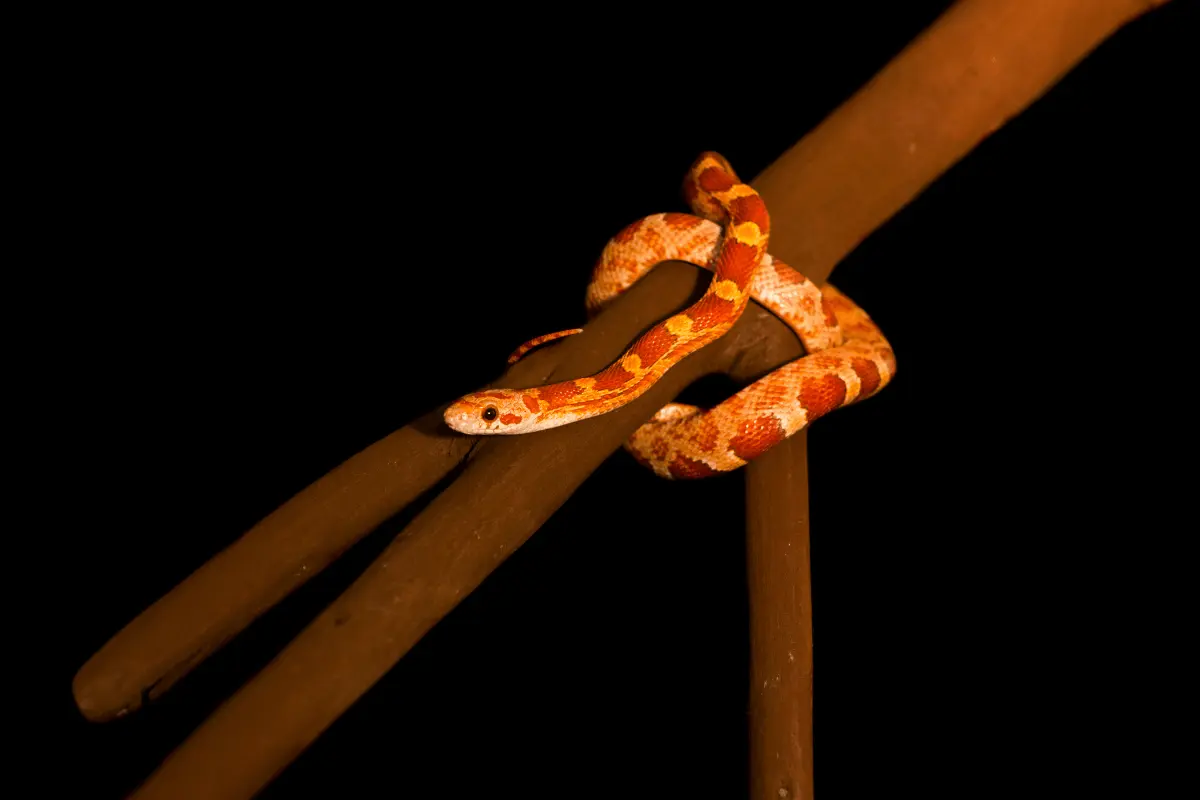
Corn snakes are named so because the pattern of the scales on their bellies resembles maize. They are beloved pets due to their diverse colors and patterns, as well as their typically calm disposition and reputation as good climbers and escape artists.
The Handbook of Exotic Pet Medicine claims that Corn snakes are nonpoisonous, medium-sized snakes and originate from South Eastern America. They are carnivores and eat small rodents and reptiles. Moreover, they are advantageous to your crops because they kill pests that destroy them.
Garter Snake
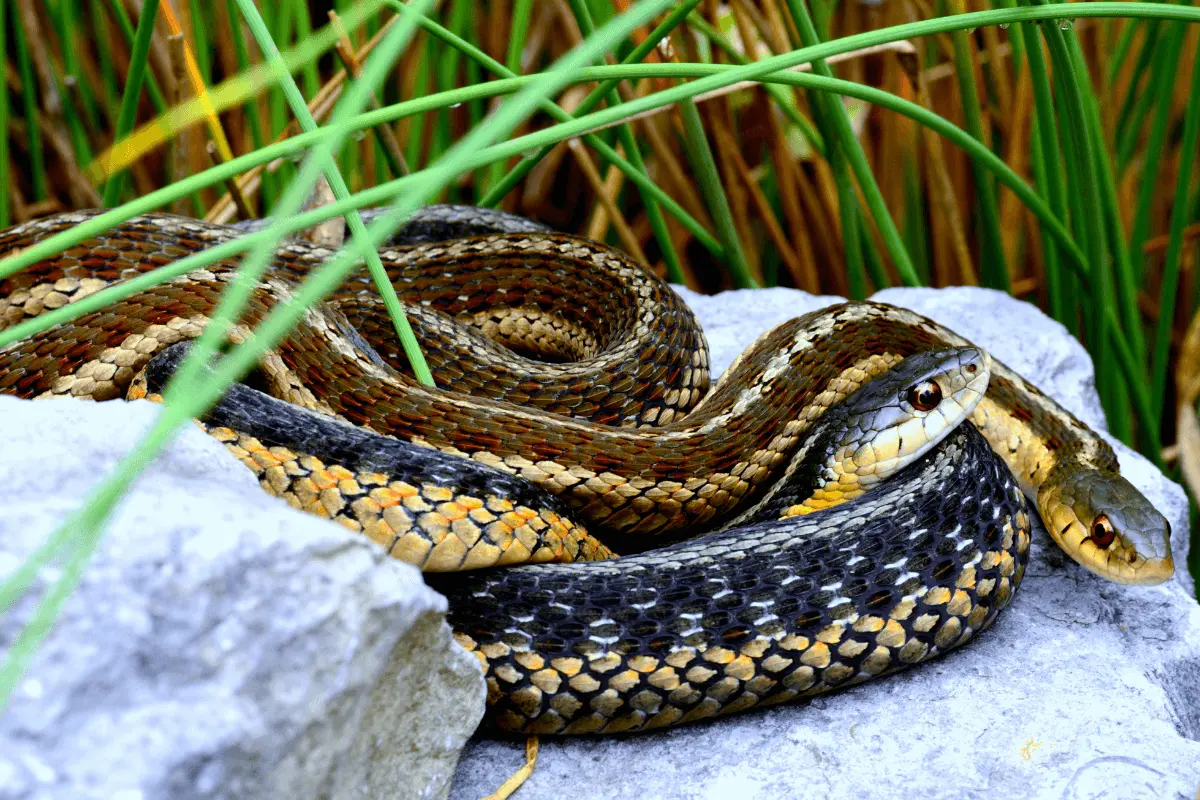
The garter snake is also known as the grass or garden snake and lives in North America. They have varied appearances and have roughly 35 recognized species and subspecies. Typically, they have slender builds, keeled scales, a pattern of longitudinal stripes that may or may not include spots, large round eyes with rounded pupils, and a variety of physical characteristics.
Furthermore, they are small to medium in size and are harmless to humans. Garter snakes eat the eggs of earthworms, reptiles, and frogs. Despite not producing eggs, they often reproduce in the early spring and give birth in the late summer.
Amur Rat Snake
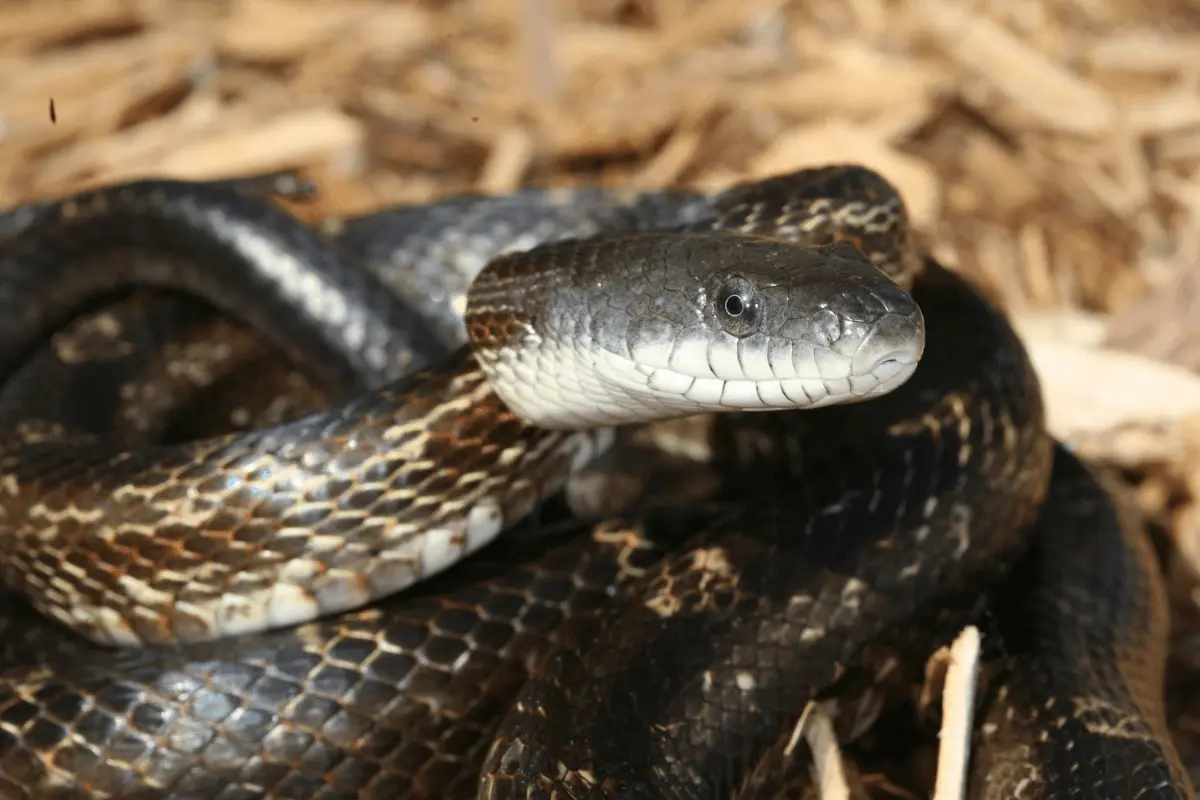
They are nonpoisonous snakes and are native to North Asia. The Amur rat snake is a big, and strong rat snake that can get up to a little under six feet in length. Their food sources include small animals, birds, and bird eggs. Their sources of food include small animals, birds, and eggs.
Moreover, the Amur rat snake is a massive, strong rat snake that can reach lengths of slightly under six feet. They range from dark brown to cream in color. They are expert swimmers and climbers, which enables them to reach their prey at distances.
Kukri Snak
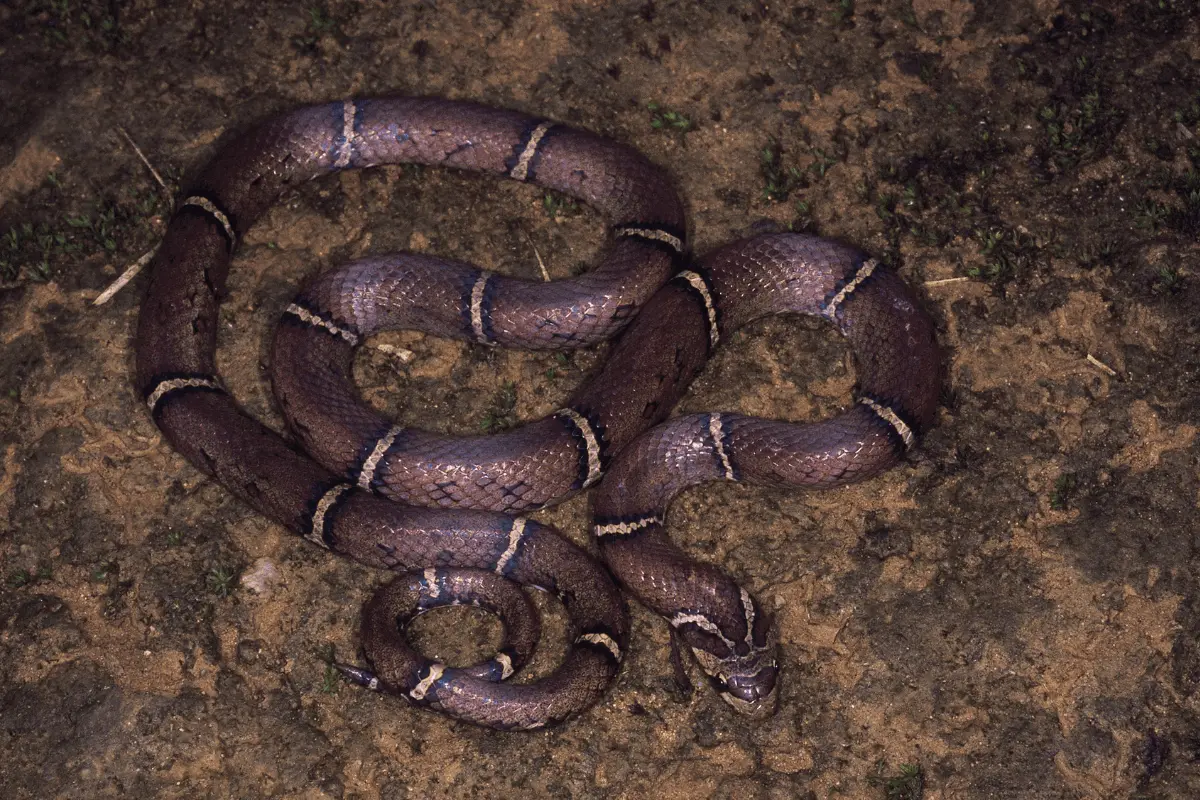
These snakes are called kukri snakes because of their enlarged hind teeth. They are scavengers and are widespread in tropical and South Asia. With different colors and patterns, these egg-eating snakes can reach lengths of about 90 cm. They used to eat the eggs of birds and reptiles, including lizards and small rodents.
Moreover, they are nonpoisonous snakes and are harmless to humans. They are usually non-aggressive, but provoking them results in lifting their bodies from the ground. Thus, you should be careful while dealing with them.
Indigo Snake
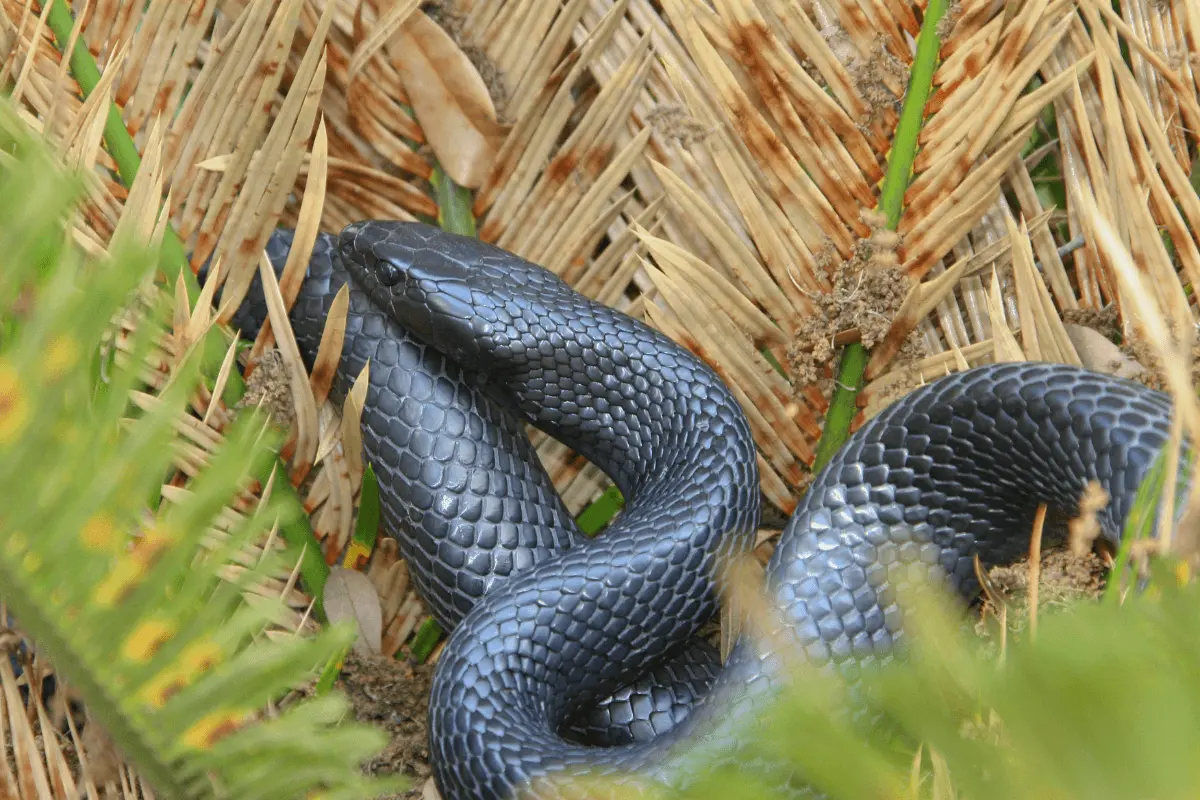
Indigo snakes are non-poisonous snakes that can be found in South America from Brazil to Peru and Venezuela. They are carnivores, so they can eat any animal when starving. When foraging on the ground, this species of snake climbs low vegetation. Additionally, they consume fish, reptiles, mammals, frogs, and birds’ eggs.
Over and above all, these snakes are nonpoisonous and play a crucial part in maintaining a healthy and balanced ecosystem by preying on several creatures, including some dangerous snakes.
Common Egg eater

These are also nonpoisonous snakes living in Sub-Saharan Africa, Saudi Arabia, and the Middle East. These snakes have toothless jaws and can reach lengths of 120 cm. On the back of their neck, there are V-shaped dark brown blotches.
A wide range of ecosystems are home to them, except for real deserts and shaded forests. Additionally, these are nocturnal animals and climb trees at night to capture their prey. The common egg eater consumes eggs. Moreover, they can rasp the eggshell with the help of their little mouth ridges.
Rough Earth Snake
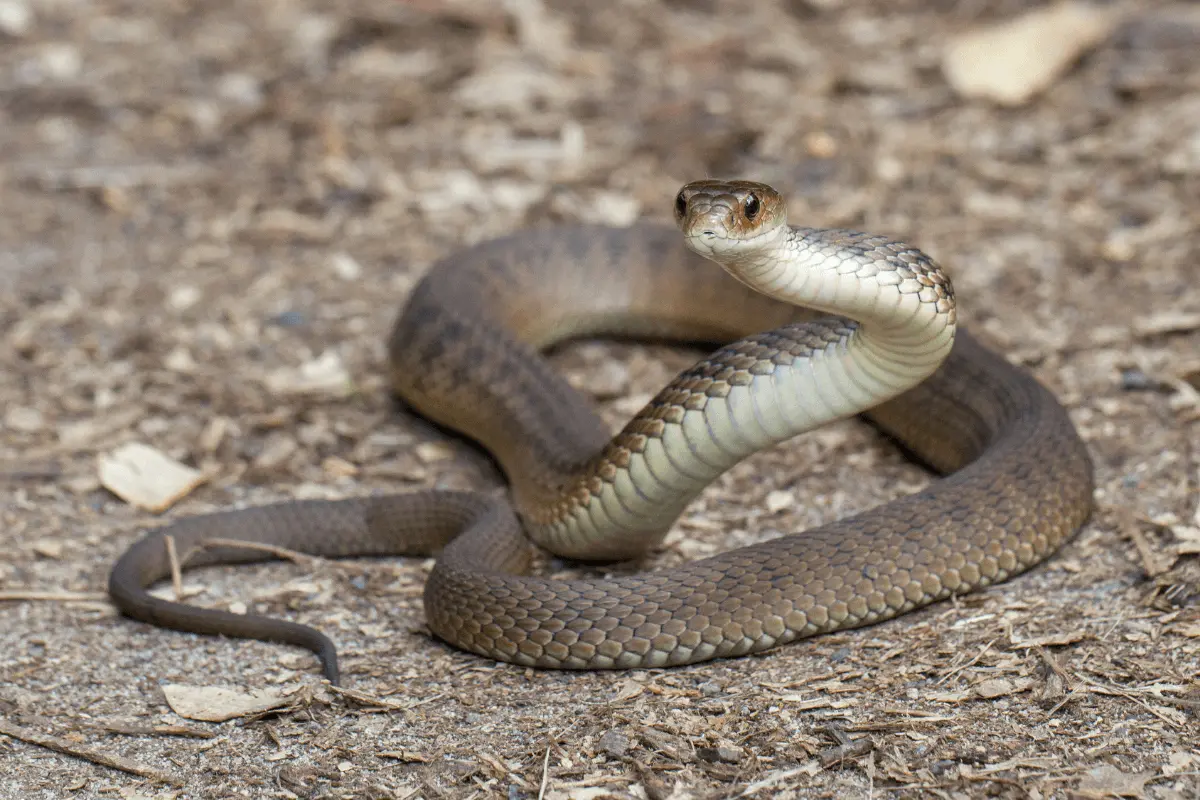
This small poisonous snake lives in South America and grows up to 27cm in length. They have fainted dorsal scales and spherical pupils and are slim and secretive. The females of these snakes are bigger and longer than the males, and they are all red, grey, or brown without any markings.
In gardens and compost piles, these snakes can be found concealing behind ornamental stones and logs. They eat earthworms, snails, larvae, slugs, sowbugs, and insect eggs.
Pine Snake
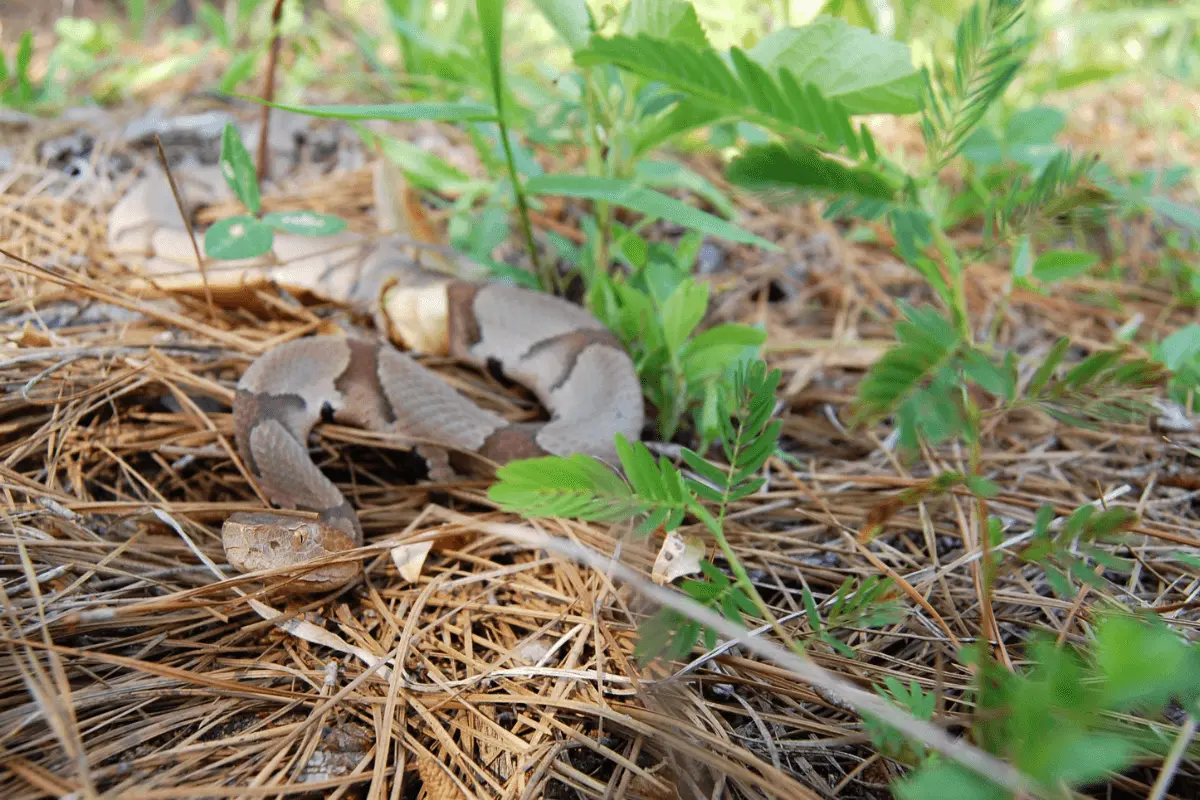
These snakes are large and bulky that live in Southeast America. The usual length of a pine snake is between 48 and 66 inches. With the majority of their time spent underground, these snakes are exceptional burrowers. They are white, yellow, or grey.
Additionally, their eggs are larger than other species of snakes. Although they can catch larger animals like rabbits, they typically eat tiny rodents and birds. Given their preference for living underground, these snakes are outstanding burrowers.
Taiwanese Tree Snake
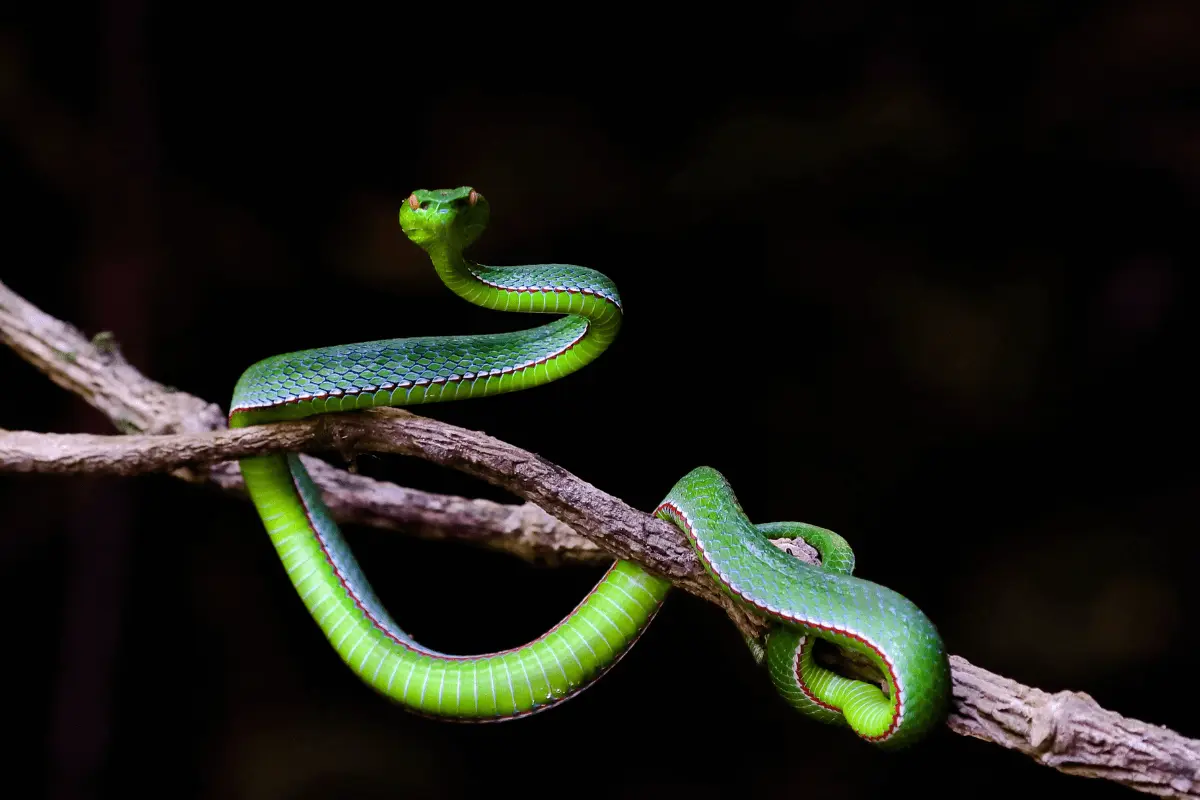
Taiwanese snakes are square-headed cat snakes with a low level of venom for humans. These snakes are native to East & Southwest Asia and can grow to a length of 10cm. They have big heads and eyes that resemble cat pupils. They have cross bars in shades of brown to black and vary in color from amber to brown.
Because of their nocturnal habits, they prefer to hunt in trees, though some do down to the ground. Lizards, tiny birds, and occasionally bird eggs make up their food. Moreover, they are aggressive and coil up their body and strike if threatened.
Puffing Snake
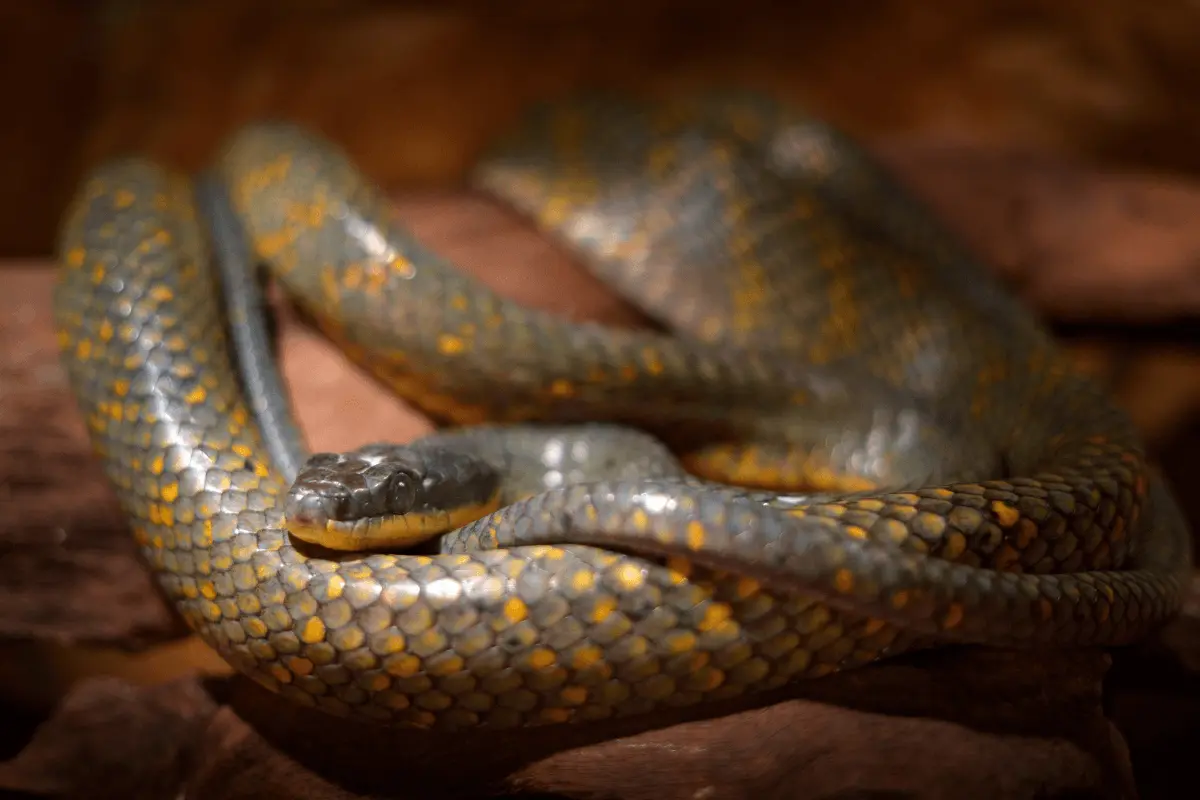
Puffing snakes are non-poisonous snakes that are native to Central South America. They are large snakes with a maximum length of 3 meters. Its bimodal venom has a direct toxic effect on both mammal and reptile prey.
In addition to being commonly known for consuming bird eggs, these snakes consume terrestrial species. Furthermore, these snakes are dull-colored, but as they get older and molt, their color changes from slate grey to yellow and orange.
Indian Snakes
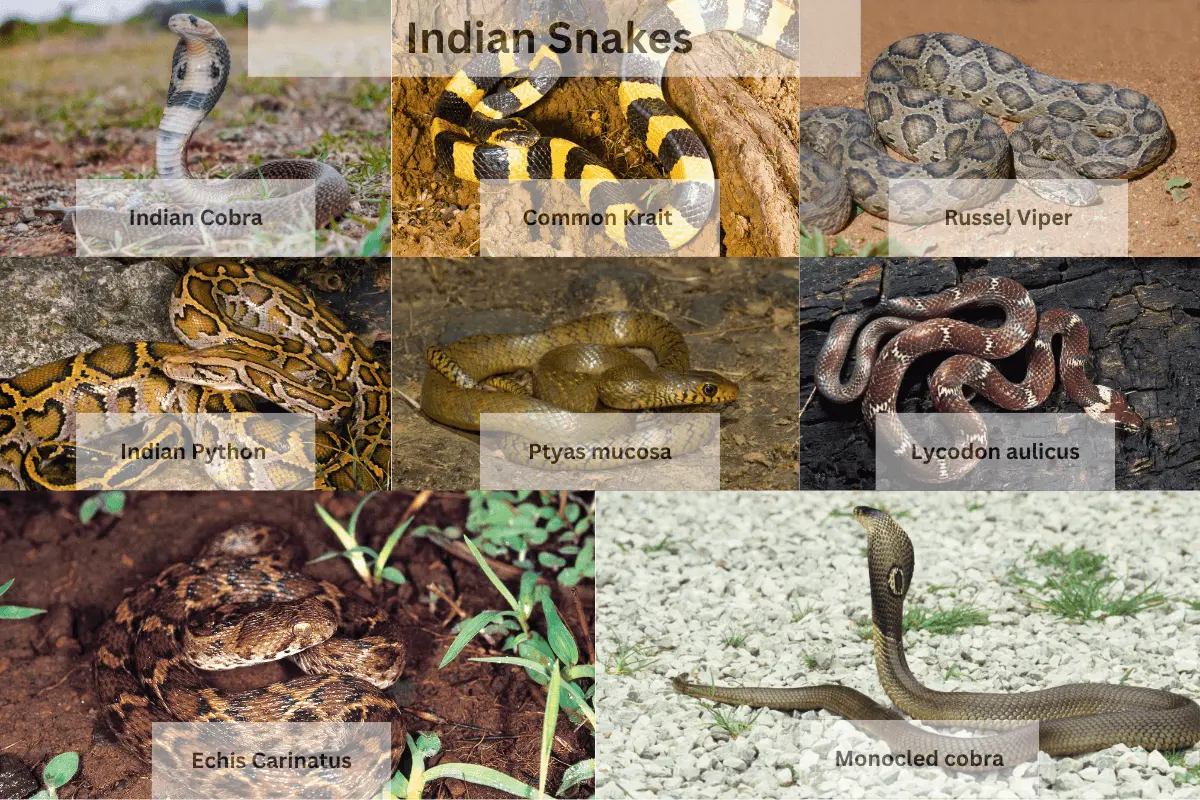
There are many species of Indian snakes, such as the Indian Cobra, Common Krait, Russel Viper, the Indian python, Ptyas mucosa, Lycodon aulicus, Echis Carinatus, and Monocled cobra. These are rare Indian egg-eating snakes. Indian snakes adore living in bushes and wooded areas. These shiny brown-to-black snakes have white spots and a cream stripe that extends from the neck to the tip of their tail. They have brown heads with markings and grow up to 78cm.
They enjoy the night and are skilled at climbing trees and plants. Additionally, they only eat bird eggs, which do not contain any embryonic development. Their vertebrae aid in shattering the egg, which they eat from the inside before vomiting out the shell.
Golden Sea Snake
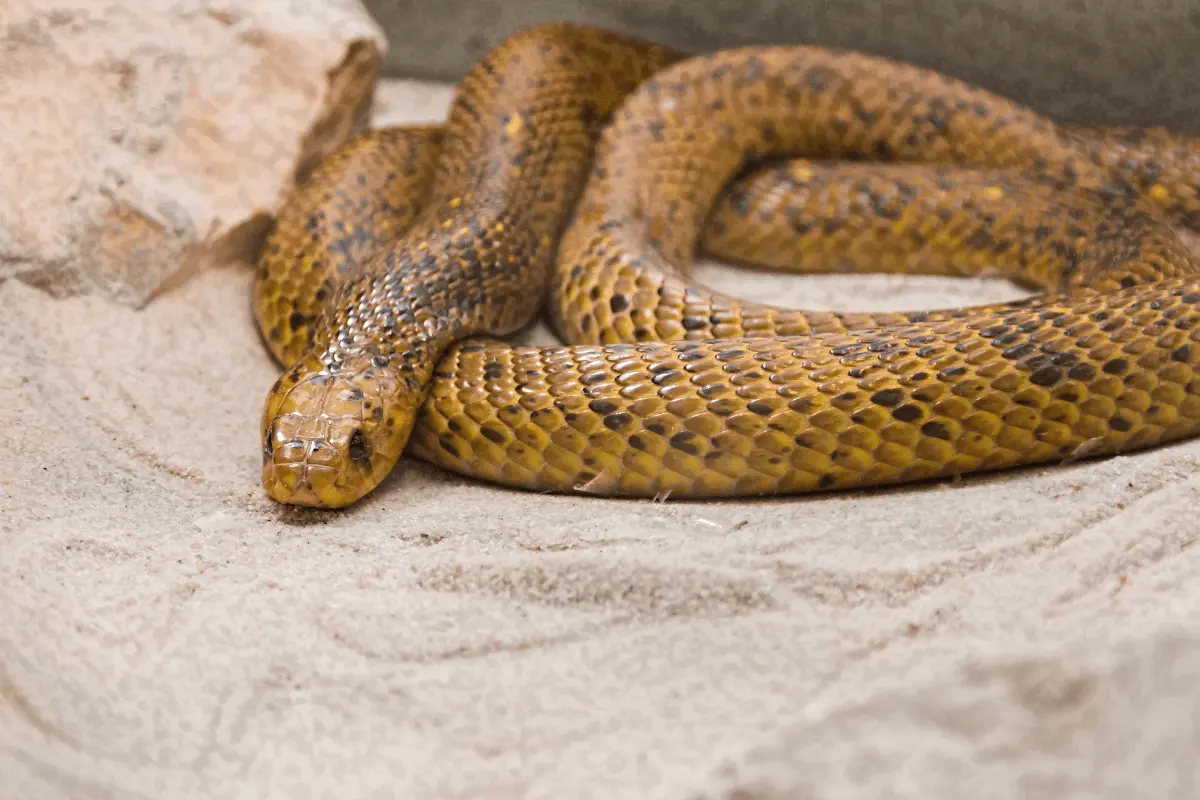
The golden sea snake has a thick and large body with a varied pattern. The Eastern golden sea snakes have dark grey scales with dark heads and lighter bodies. When not hunting or surfacing to breathe, this species of snake lurks in little coves or protected coral areas.
In seawater as warm as 31.4°C and as deep as 68 meters, they reach a height of 200 cm. They live in coral reefs and tunnels and eat fish, crabs, and fish eggs.
Turtle-Headed Sea Snake
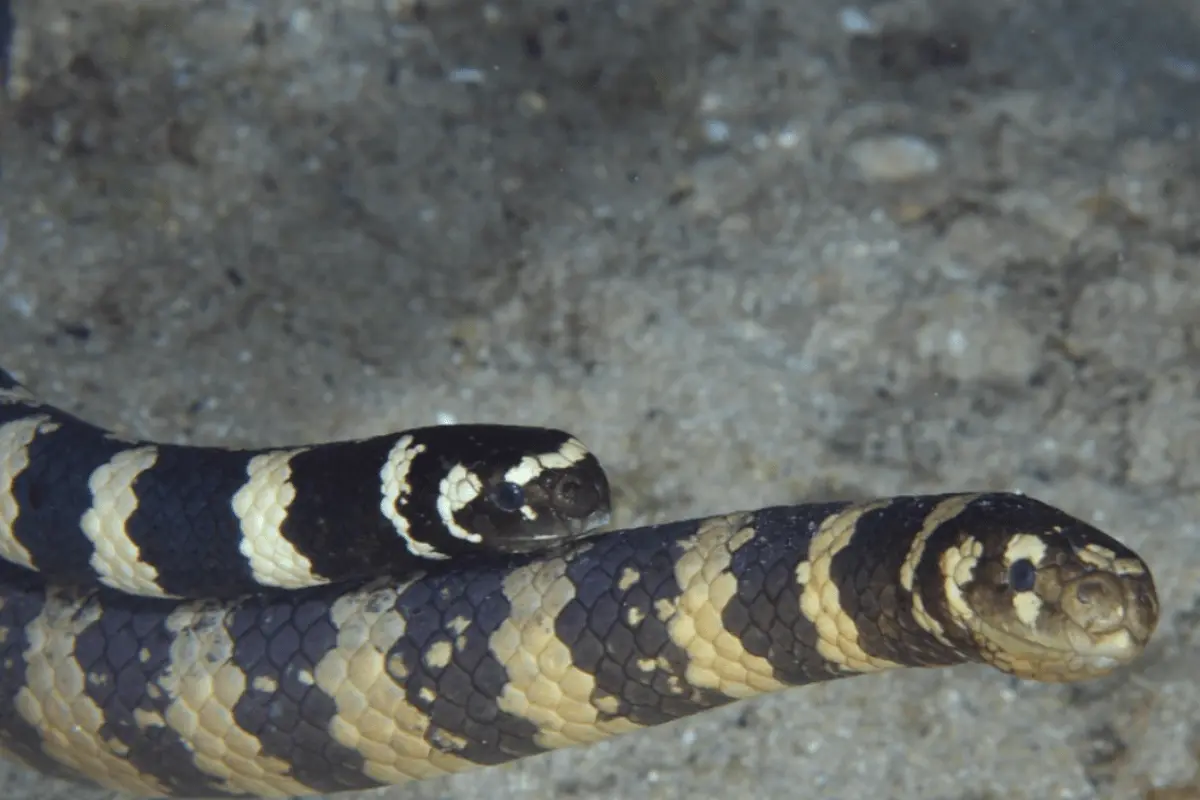
Turtle Headed sea snakes live in Oceania, the Philippines, and New Caledonia. They are medium-sized and have small, dull heads. These snakes have different colors and are quite thin. Further, they can get as long as 103 cm.
Their prey includes immobile and demersal fish eggs of gobbies. They have more growth rate in windy weather than in warmth. According to the Journal Scientific Reports, female snakes modify the energy level they devote to reproduction according to the food.
Golden Tree Snake
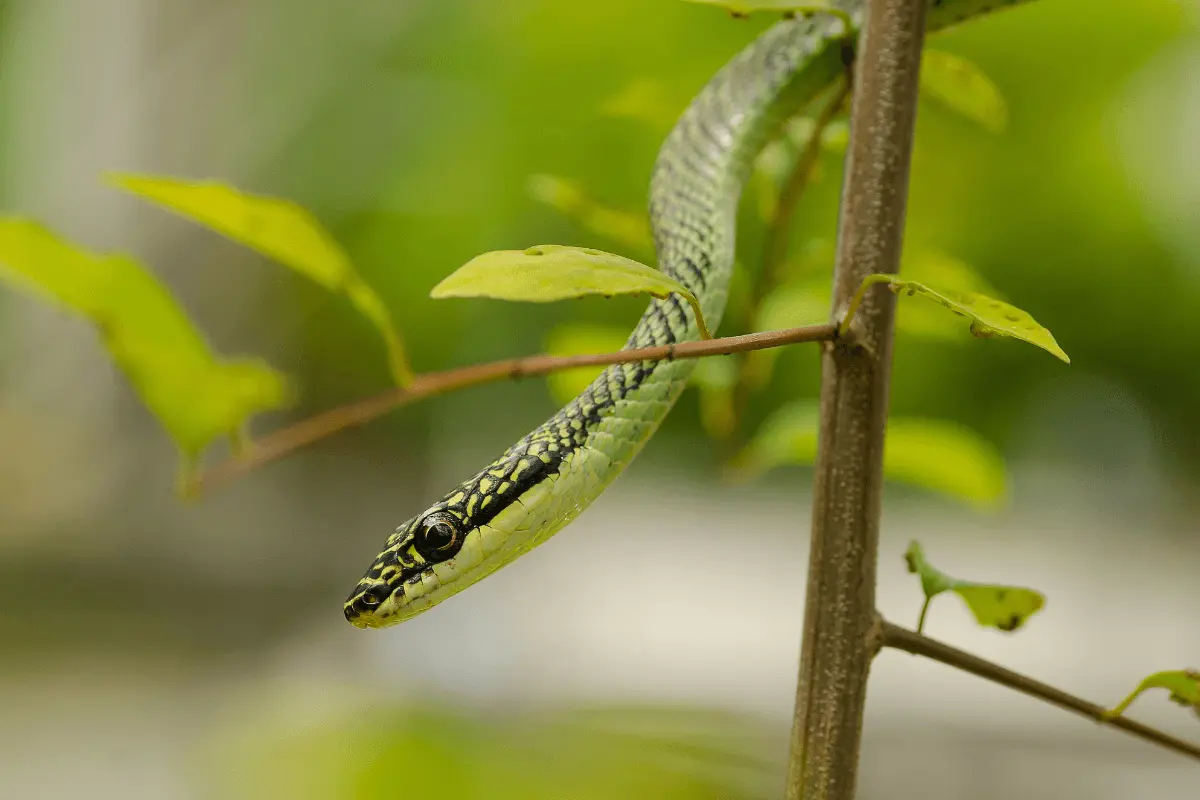
These mildly poisonous egg-eating snakes live in Southeast Asia and have a striking appearance. Their color varies according to the habitat. They have black crosshatching on green backgrounds, with golden or yellow highlights. Moreover, some have flower-like spots on their body.
These snakes have slim bodies and blunt-nose, flattened skulls and can reach up to 130 cm maximum length. Although they have been observed eating bug and bird eggs, they are swift and prey on lizards, little rodents, and bats.
Whip Snake
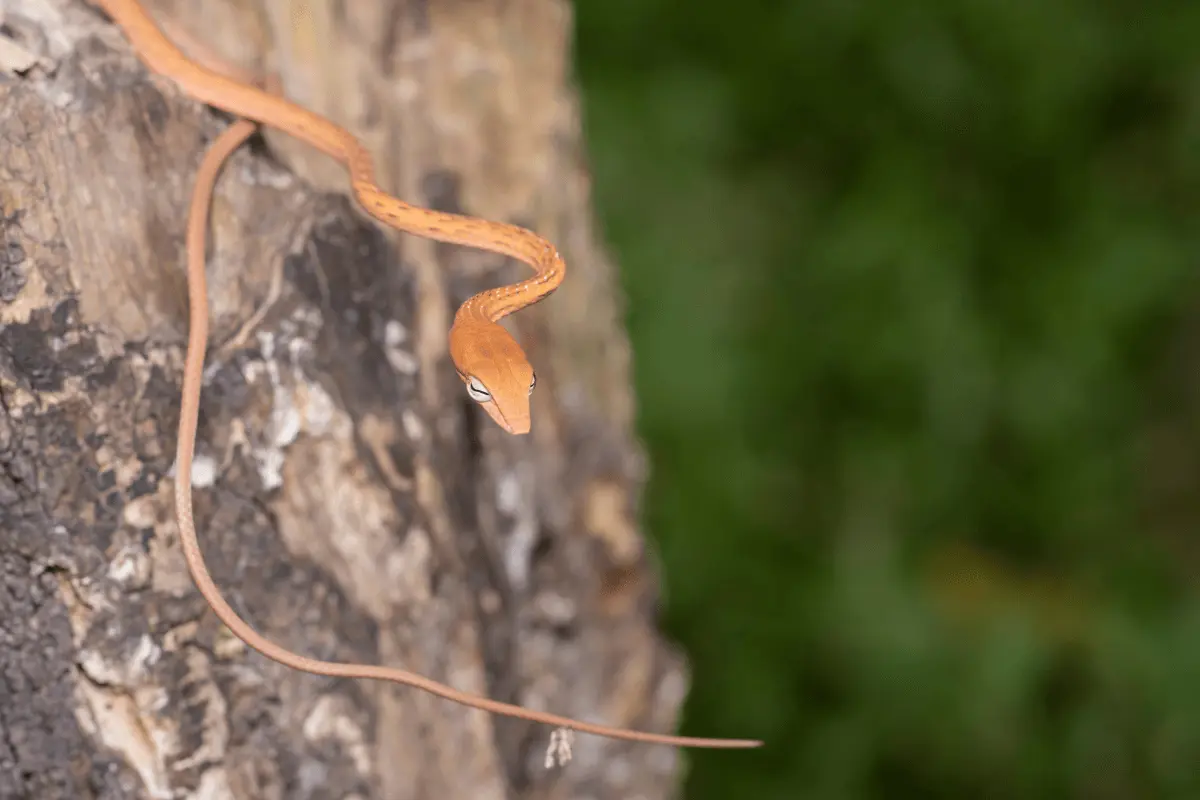
The yellow-headed whip snakes are commonly present in Australia and are poisonous. These snakes can reach lengths of about a meter and are long and slender with small heads. You can identify easily by their little, yellow head and the pale ring around their eyes.
These snakes have a variety of body colors, including grey, brown, olive green, and even some with reddish undertones. They love to eat lizards. Additionally, they wander at night to trap frogs and geckos.
Where Does an Egg-Eating Snake Live?
According to their genus, egg-eating snakes live in two geographic areas. Dasypeltis is the most common group of egg-eating snakes and is present in Africa. It is a genus of 17 species, and they all favor woody, forested areas with a lot of birdlife. All these species of Dsypeltis spread over different regions of South Africa.
Elachistodon is another egg-eating genus consisting of only one species. This species is known as the Indian egg-eating snake or Westermann’s snake. They live only in India, Nepal, and Bangladesh and are fewer in number than Dasypeltis. Moreover, they used to live in forests and shrublands.
How Does a Snake Seek, Eat, and Digest Eggs?
Egg-eating snakes are one of the expert climbers in the world and can ascend rocks and trees. These snakes detect the smell of eggs using their climbing and sense of smell together. They can determine whether an egg is poor or too mature to eat by using their sense of smell rather than breaking it open.
To eat an egg, they first enclose it in their full jaws and drag it into their throats. They have flexible jaws in their mouth that aid in consuming eggs. Moreover, they don’t have teeth, so they swallow the eggs without breaking them into fragments.
To digest the eggs, egg-eating snakes use their strong muscles to pull the eggs into their stomach, where digestion occurs. After that, with the help of bony protrusions, they break the eggs without losing any nutrients. At the end of the whole process, they eject the shells.
What Is the Behavior of Egg-Eating Snakes?
Egg-eating snakes are shy and nervous snakes. They make a hissing noise when they are afraid. Moreover, these snakes may vary between nocturnal and diurnal patterns based on their requirements.
After consuming an egg, they don’t eat eggs for one month. Many reptile owners choose them as pets since they are often tough snakes with minimal dietary requirements. These snakes don’t breed, which is their only disadvantage as pets.
Types of Snakes That Don’t Eat Eggs
Although most snakes eat eggs, here are a few that don’t.
Boa Constrictor Snake
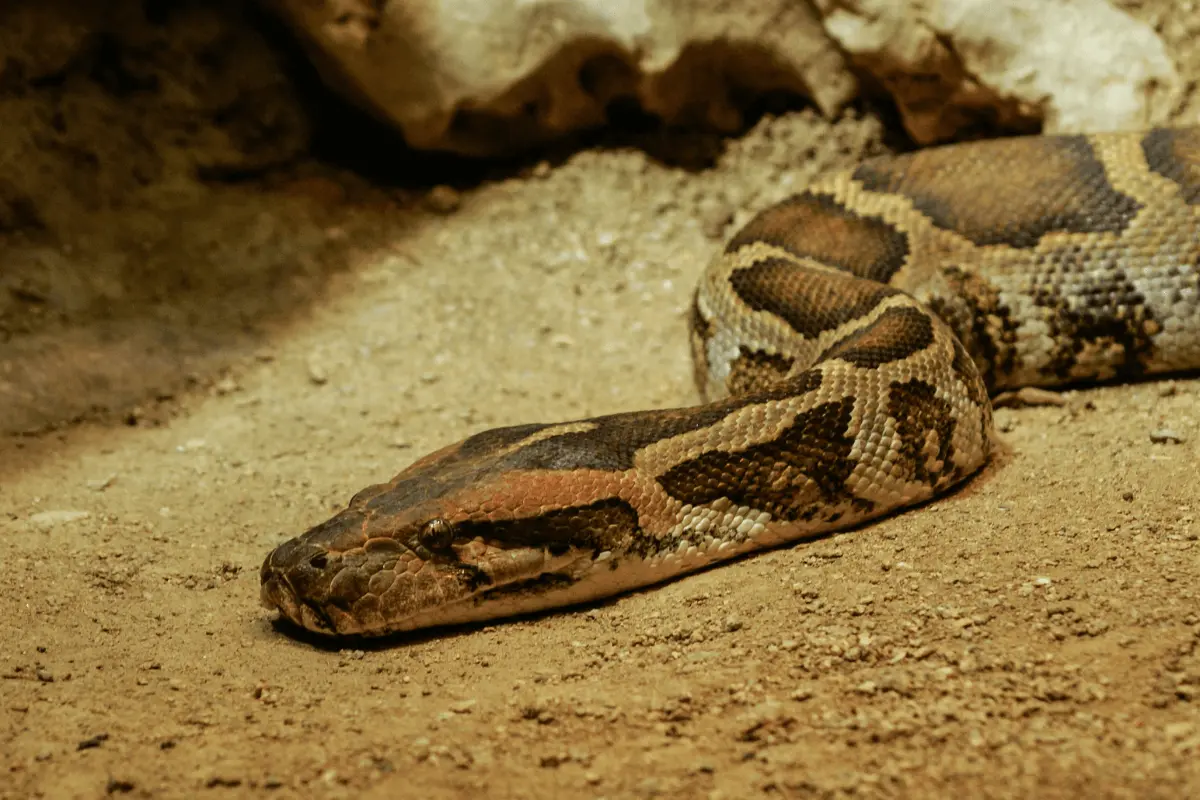
Boa constrictor snakes are also known as red-tailed boa snakes. You can find them in South America. They are non-poisonous and have huge and heavy bodies. These snakes ambush prey, such as rodents, birds, monkeys, or wild pigs, to catch them off guard.
They ingest their prey completely with the help of their strong stomach. Moreover, a boa does not require food for days after a heavy meal. The diet of a baby boa alters as it gets older. Further, a boa constrictor grows through its lifespan, which can last 20 to 30 years.
Ball Python Snake
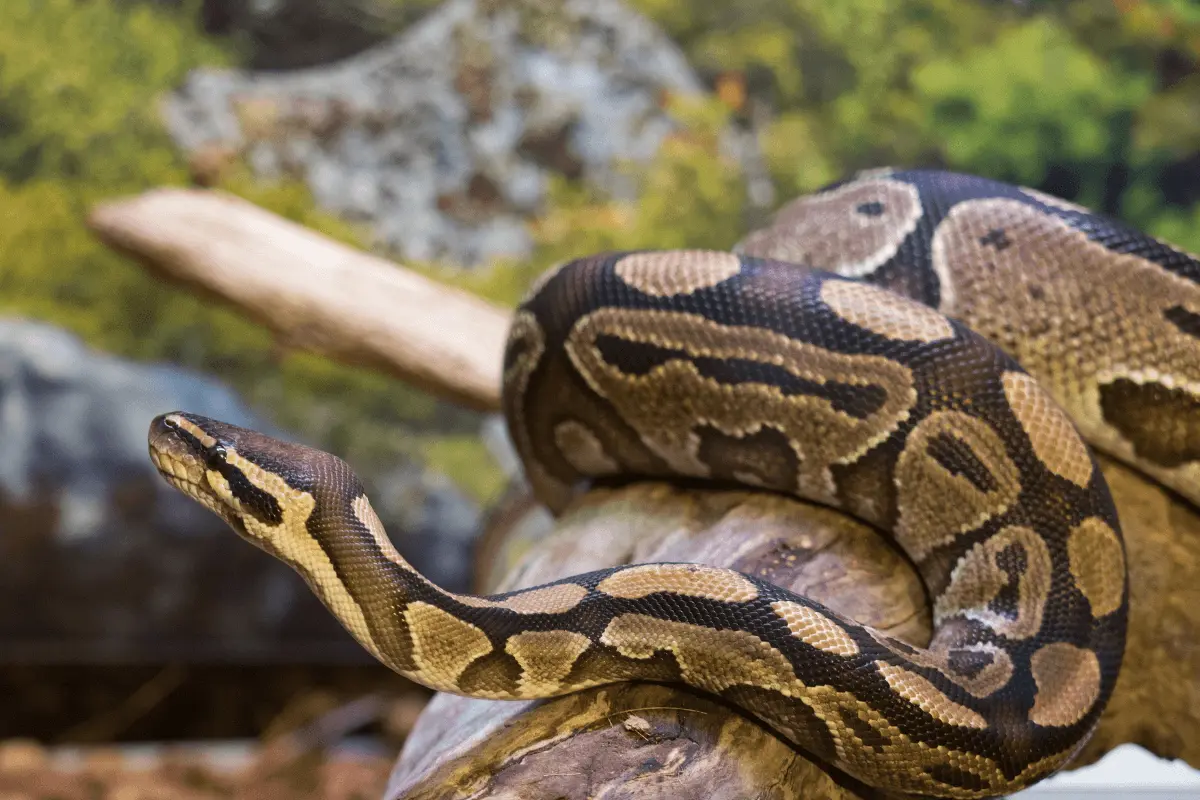
Ball pythons get their name from the way they like to wrap up into a tight ball. You can also call them royal pythons, and they are native snakes of West and Central Africa, where they reside in grasslands and forests. The ball python has light brown patches on its back and sides and is either black or dark brown.
Ball pythons are small poisonous snakes that eat mice, rats, and other rodents. The appetite of your ball python may change. Ask for help from your veterinarian if your ball python skips more than a few consecutive feedings, especially if they aren’t shedding at the time.
Rattlesnake
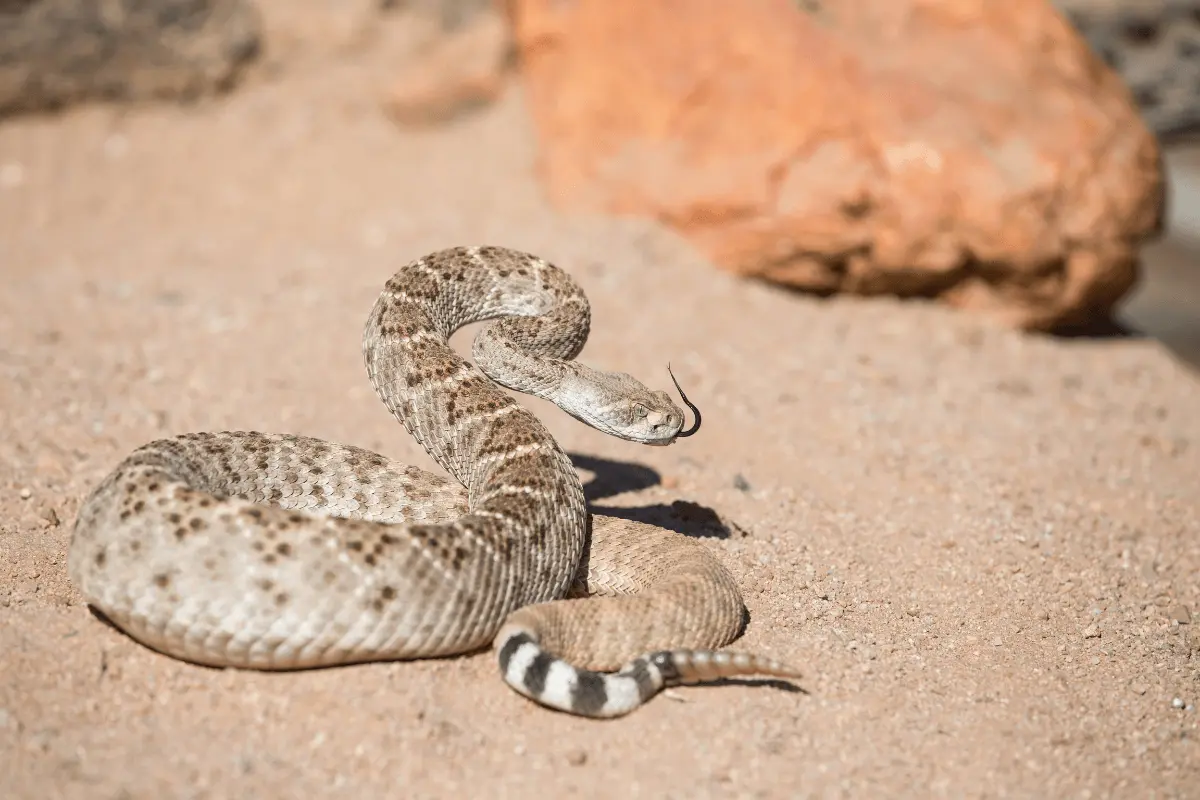
These are poisonous snakes and live in varying habitats. Although they live throughout the United States of America, they are commonly present in Southwest and Central America. They can grow from 1 foot to more than 8 feet in length. Rattlesnakes are pit vipers and employ their potent venom to immobilize their prey.
They are good predators and feed on small animals like birds and rodents. However, they only require food every 2 to 3 weeks because of their poor metabolism. Although rattlesnakes’ venom can cause harm or even death in people, they prefer to stay away from people.
Bottom Line
Although all snakes don’t consume eggs, only some do. Egg-eating snakes are medium in size and have a big mouth to swallow eggs. Such snakes include Corn, Garter, Indian, Kukri, Green sea snakes, etc.
Naturally, snakes that only consume eggs reside in a location with a dynamic and flourishing ecosystem. Though these snakes consume eggs, it doesn’t mean they meet their nutritional requirements through it. They must need additional nutrients to survive.
Hopefully, the above information has cleared your every doubt regarding snake’s eating habits.
References
Shine, R., Brown, G.P. & Goiran, C. Population dynamics of the sea snake Emydocephalus annulatus (Elapidae, Hydrophiinae). Sci Rep 11, 20701 (2021).
